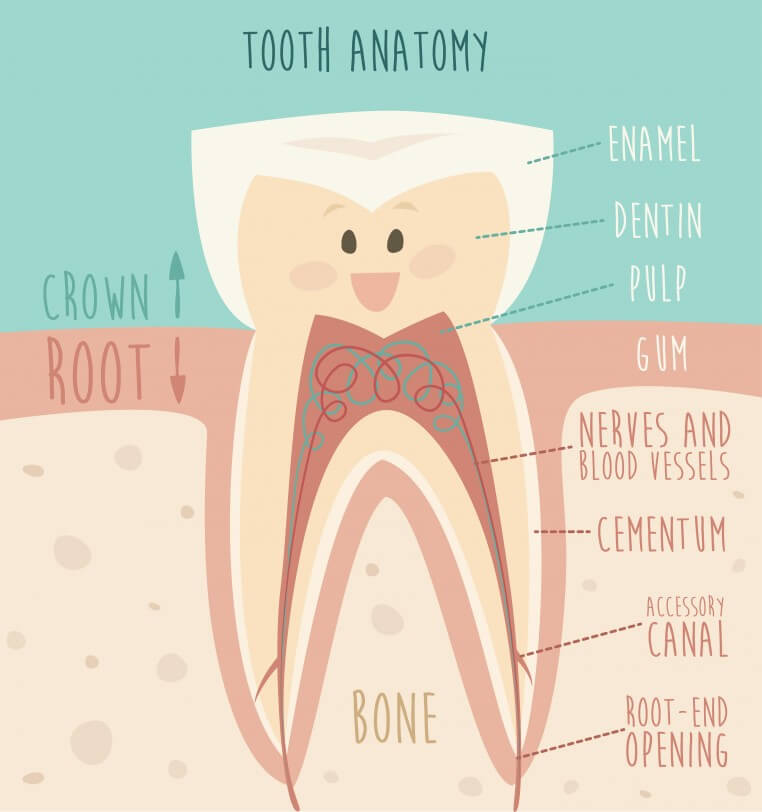Dentist are scary and that’s a fact even many grown-ups agree upon. All the horrific procedures there are able to perform in the blink of an eye makes them one of the most feared people on the planet. As you might have already guessed, whenever I have to go to the dentist I prepare myself for days prior to the appointment and no, I’m not ashamed to admit it. On my last visit, the dentist informed me that my root canal is infected and he suggested an endodontic treatment. Now although I had hundreds of questions, fear got the better of me so we made an appointment and I quietly left. As usually, lack of information creates panic, so in an attempt to prevent it from ruining my week, I did my own research on the topic. For those of you that might be experiencing similar issues and would like to have all the essential info regarding dental root canal treatment handy, here’s what I gathered the last couple of days.
Before undergoing a dental root canal treatment a dentist may take a series of X-rays of the affected tooth that will allow them to have a clearer picture of the root canal. The great news about this procedure is that millions of teeth are saved from dying each day thanks to it, which makes it one of the most frequent dental treatments of our modern societies. Before going any further, it’s important to know something about the anatomy of the tooth, because that will help you understand the procedure better. Inside the tooth, under the white enamel and the hard layer called dentin, there’s a soft tissue – the pulp. It contains blood vessels, nerves and connective tissues and creates the surrounding hard tissues of the tooth during development. The pulp goes from the root where it connects to the tissues and all the way up to the tooth crown.

The root canal treatment is needed when the pulp is infected or inflamed. There are various causes, such as deep tooth decay, repeated dental procedures on the tooth, traumatic damage and sometimes even gum disease. But whatever the cause, the pulp should be treated as soon as possible so that the tooth can be saved. Once you’re under a local anasthetic, your dentist will open your tooth through the crown and remove the infected pulp. Then they will clean and enlarge the root canal and fill it with special thermoplastic material. Sealing the canals is a really important step in preventing them from becoming infected all over again, so normally, you’ll be prescribed an antibiotic as to treat the infection. In the end, it’s normal to feel some minor discomfort after the treatment, but it can be easily managed with over-the-counter medications or prescription drugs for numbing the pain and the soreness.















You must be logged in to post a comment Login